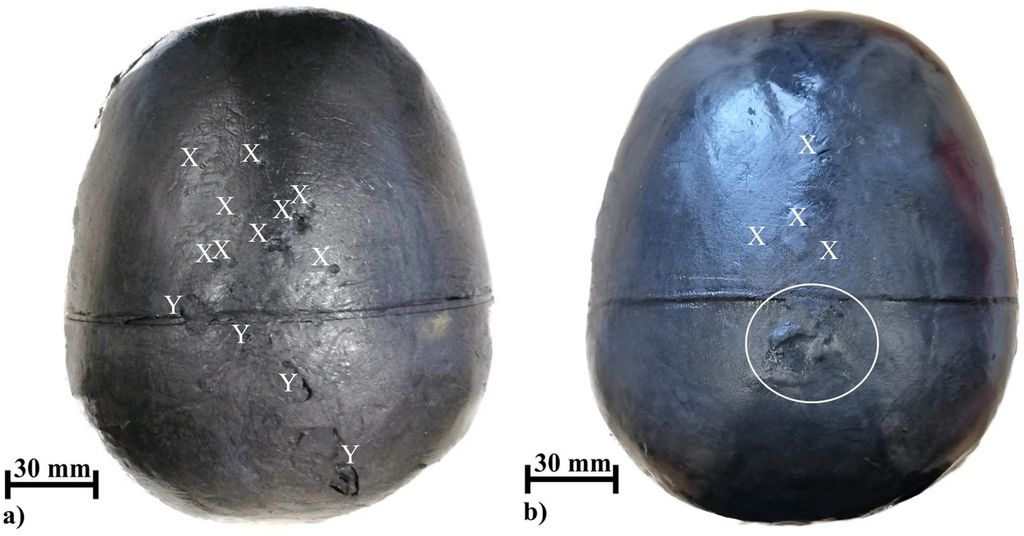Brazil, due to its large territorial extent and tropical climate, is one of the countries with the highest number of lightning strikes in the world, with up to 57 million recorded annually – however, the odds of being hit by an electrical discharge like this are low, about 1 in 1.5 million. You may have heard of people surviving lightning strikes, and this is not just anecdotal evidence, but how do you survive something that powerful?
With this question in mind, scientists from the Technological University of Ilmenau in Germany set out to investigate what could influence the strength of electrical discharges during storms. The results were very interesting, as they revealed that a wet head withstands the impact of lightning better, and although it is possible to survive directly in the head, it is still possible.

On average, the survival rate due to electrical discharge caused by lightning rods is between 70% and 90%, which is a curiously high number. Although several factors are at play, the team believes that the occurrence of surface “flashes” – determined by the rapid spread of an electrical discharge throughout the body – is the key factor in surviving this phenomenon.
How to survive lightning
According to scientists, more specifically, the flash surface is the discharge path along the outer skin caused by the high voltage difference between the entry and exit points of current throughout the body.
The highest fraction of lightning current flows in the flash channel outside the human body and only reaches a few amperes in human tissue, at least in theoretical studies and experiments – no one subjected humans to lightning in the study! Flashes may help them survive, but no studies have looked at how rain affects their formation.

The researchers then created mock heads to test this, containing three layers representing the scalp, skull and brain, respectively. Its materials mimic human tissue, and were subjected to 10 high-voltage electrical charges, one dry, and the other after being sprayed with a low-salt saline solution to mimic rainwater.
Most of the electrical current, between 92% and 97%, is transmitted through the outer surface of both “heads,” but differences have been seen in the amount of current penetrating the layers. A greater amount of charge reached the scalp layer in a wet head, while the brain consumed 13% less electrical current, on average, and 33% less energy than in a dry head.
The differences were significant between the dry head and the wet head, with the dry head suffering more damage. Scientists admit that the study had its limitations, such as the lack of hair or hats on the heads, and the fact that the lightning would have a greater electrical capacity. However, the results were strange and require more in-depth research, seeking to verify whether it is really better to receive lightning while wet – although of course no one wants to test that on their skin.
source: Scientific reports

“Wannabe internet buff. Future teen idol. Hardcore zombie guru. Gamer. Avid creator. Entrepreneur. Bacon ninja.”

